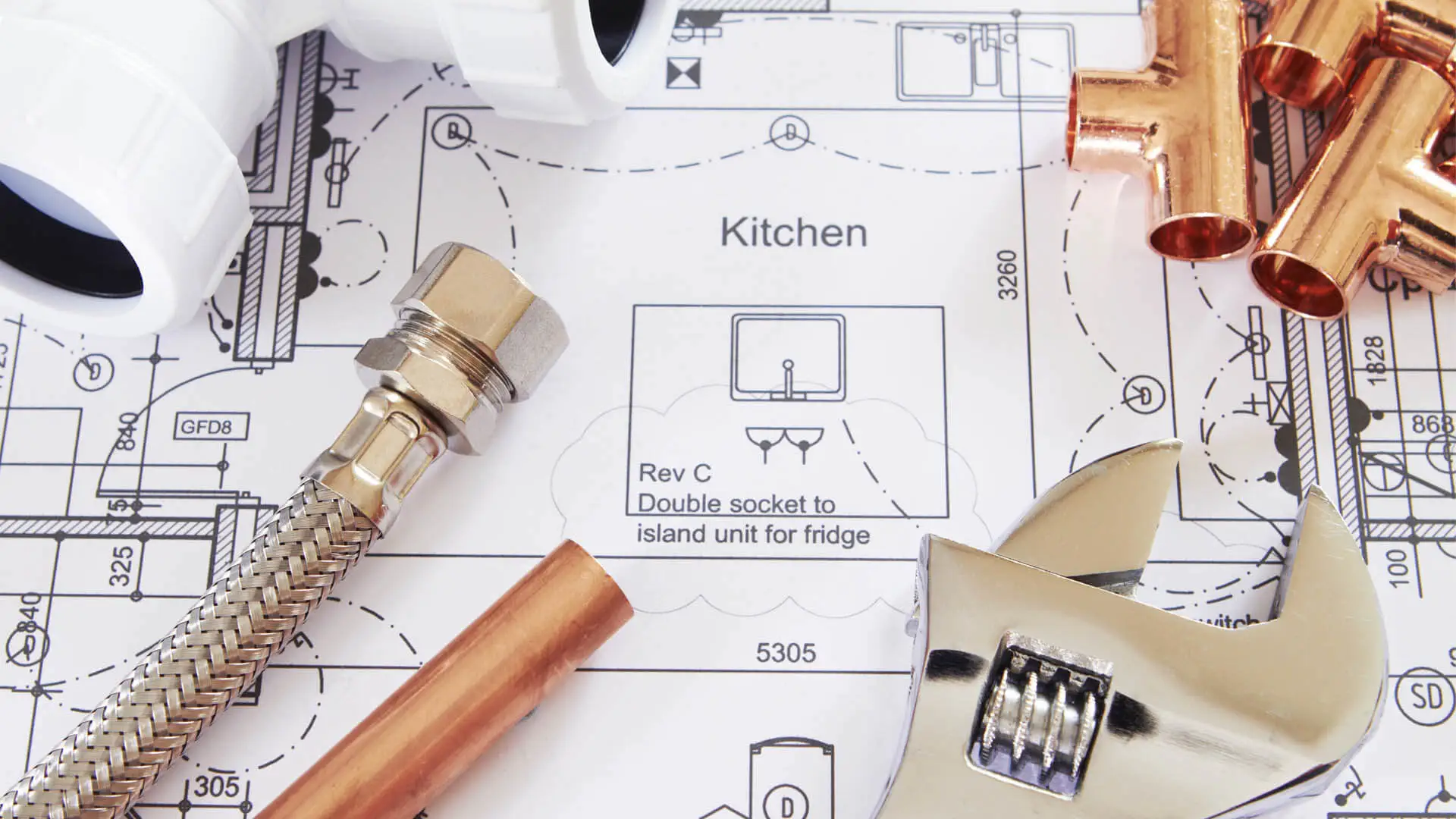
Great plumbing information, news and advice from Curtis Plumbing.

Great plumbing information, news and advice from Curtis Plumbing.
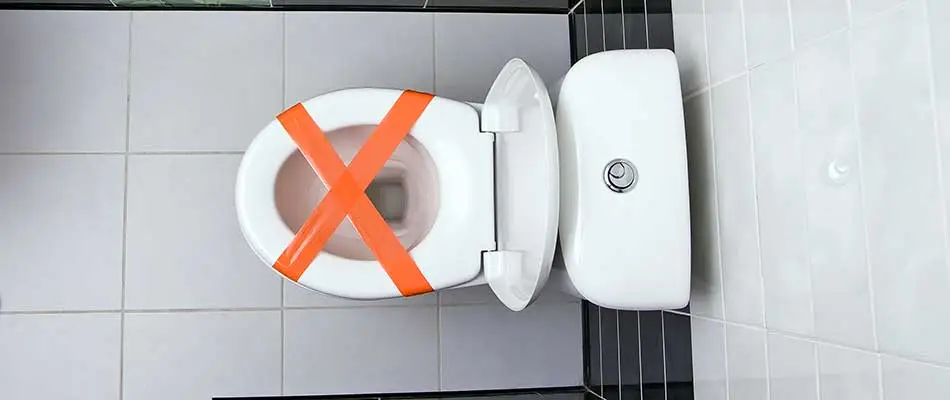
A clogged drain is normally easy to spot. You can normally determine you have a clogged drain based on the following signs:
Though a clogged drain may be easy to spot, you may be unsure of where the clog came from. No matter the culprit of your clog, we are prepared to help. Our team of expert plumbers offers drain clearing and other plumbing services to residential and commercial properties located in and around Valrico, Brandon, and Riverview, FL.
Our team at Curtis Plumbing wants to help you avoid the headache that a clogged drain can cause at all costs. Check out these five items you should never put down a kitchen or bathroom drain.
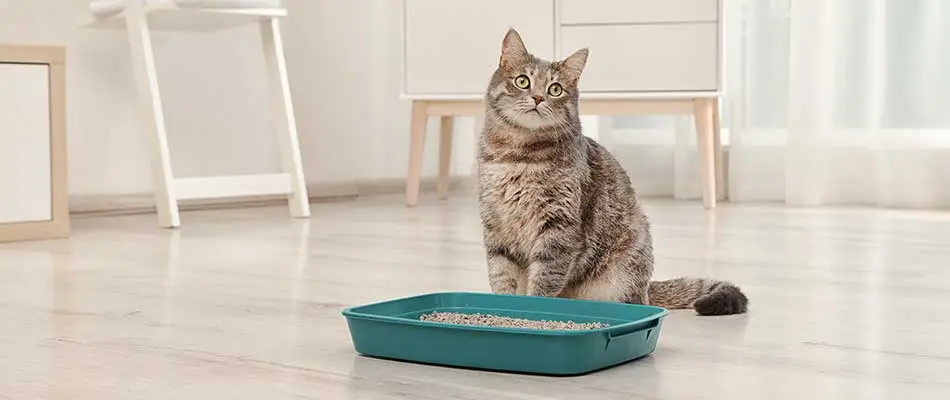
You may purchase flushable cat litter in hopes of an easy cleanup process. Even though it's marketed as flushable, we recommend you avoid flushing this kind of...
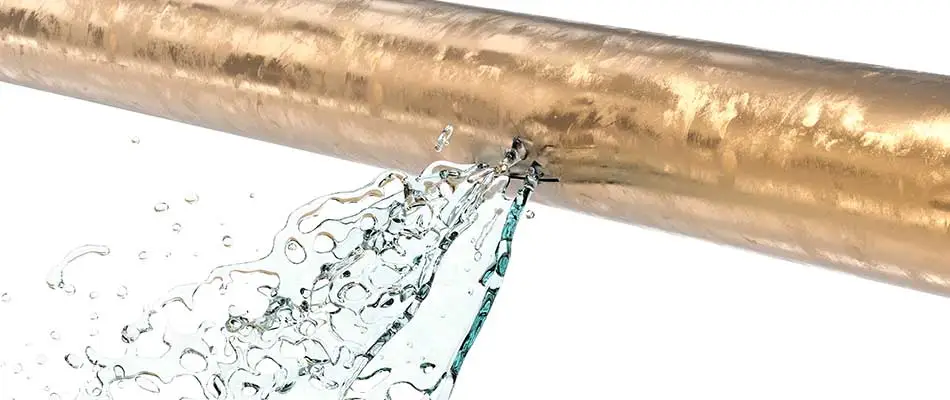
Plumbing in commercial establishments is often much sturdier than it is in homes due to its size and installation process. However, it is still susceptible to occasional issues that need to be remediated by a professional company.
Here at Curtis Plumbing, we offer a variety of commercial plumbing services, including drain cleaning, repiping, sink installation, and toilet repair. We serve both homes and businesses in Valrico, Brandon, and Riverview, FL.
Signs that your plumbing needs to be replaced shouldn't be ignored. Here, we'll cover 3 signs to be aware of that could mean it's time to replace your commercial plumbing.
If you've noticed poor water volume in your toilets or sinks, it may mean you have some corroding pipes on your hands.
Inevitably, galvanized steel pipes will degrade over time. This degradation leads to the narrowing of your pipes, which will result in ...
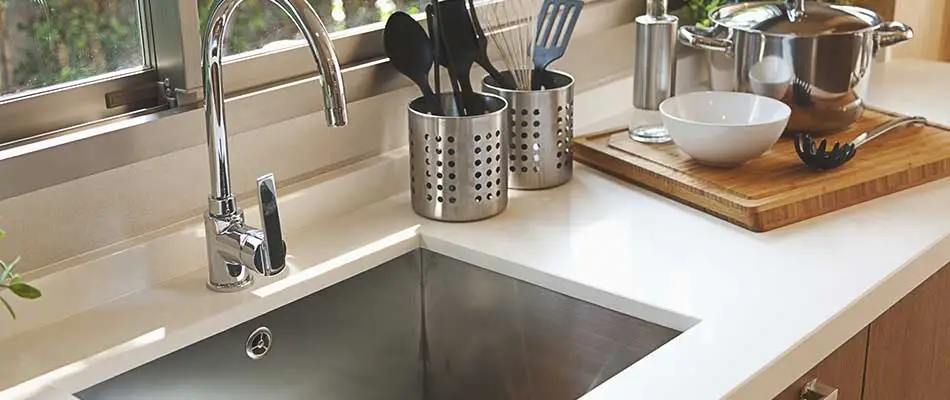
In the areas of Brandon, Riverview, Valrico, and nearby Florida cities, many of the homes and businesses are newer construction, but if you have an older home or commercial property, chances are that you could have some outdated plumbing that may be costing you money every month.
Here are some ways to update your plumbing and lower your water bill each month, including water-saving toilets, low-flow showerheads, and more.
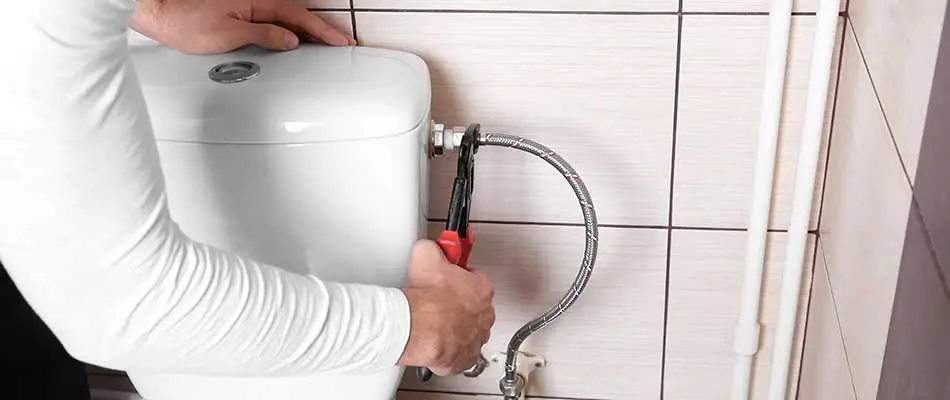
Toilets use around 30 percent of water in a home, while many older commercial toilets use more than 2-4 times the amount of water recommended by the Environmental Protection Agency and other federal standards. Replacing old home and business toilets with newer, WaterSense toilets can contribute to a substantial amount of water being saved each month.
For example, a 10-story office building that houses around 10,000 occupants could end up saving about $10,000...
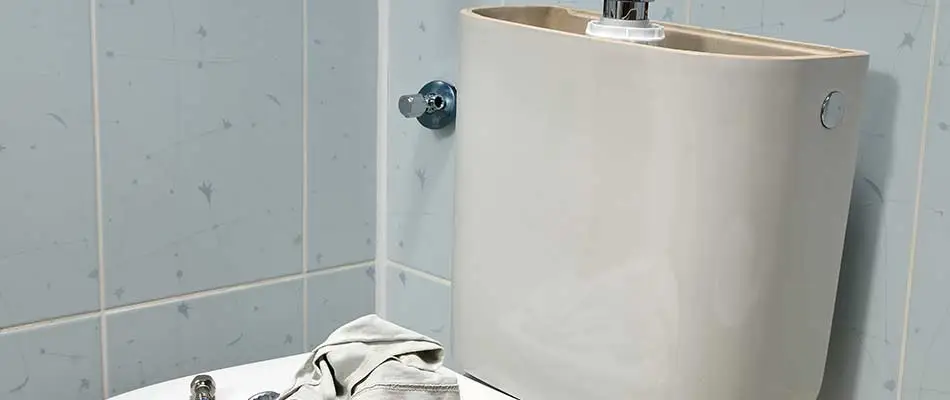
We've all been there—the toilet flushes and all of a sudden, water begins to fill up the bowl and overflow onto the floor, causing you to panic and reach for the plunger in an attempt to stop the water flowing out of the toilet. A toilet clog can be a major or minor inconvenience, depending on how bad it is and the underlying cause.
Here are some ways you can work to avoid your toilet clogging in Riverview, Brandon, Valrico, and surrounding Florida communities.
One of the more common toilet clogging issues we see is when people use excess toilet paper. Yes, toilet paper does dissolve in water, but it's not instantaneous. Try to limit toilet paper use to what you really only need, and if you do need to use more, it's advised to flush once, use more paper, and then flush the toilet once more. This at least distributes the toilet paper more evenly and doesn't cause a clog in the pipes.\
...
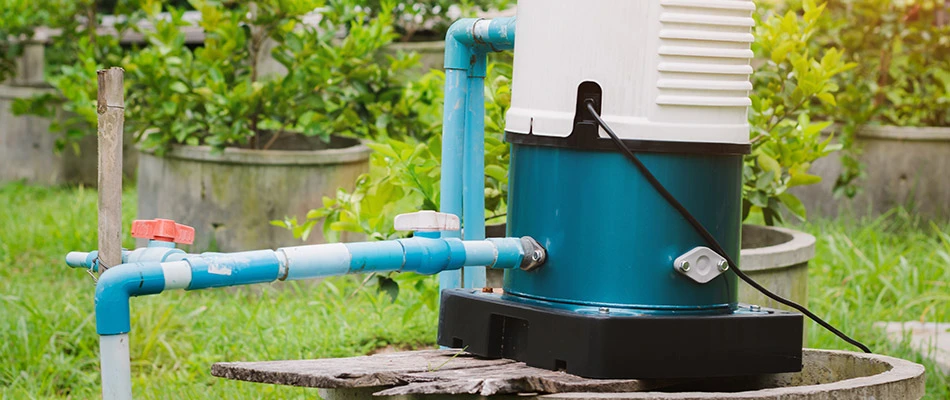
Well pumps are very important for your home, as they supply your house with fresh, clean water on demand. When your well pump starts to go bad, it can cause some major issues for you and your home’s inhabitants.
From fluctuations in water pressure to an abnormally high electric bill, here are some signs your well pump is going bad in Riverview, Brandon, Valrico, and the surrounding areas.
One of the most common indicators of a failing well pump is fluctuation in water pressure. Water pressure issues can result from a number of factors, including scaling inside your pipes from hard water, bacterial buildup, low water levels at the well, or a pressure tank issue. Often bacteria can clog the pipes leading to the pressure switch, which causes fluctuations in water pressure and eventually leads to low or non-existent water flow. A faulty motor can also cause pressure fluctuations. To restore balanced water pressure, your ...
